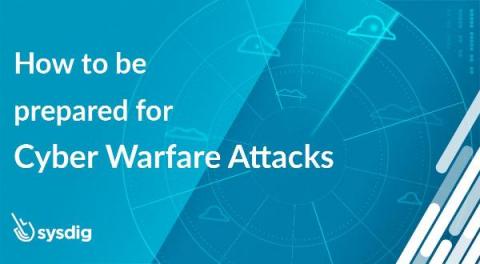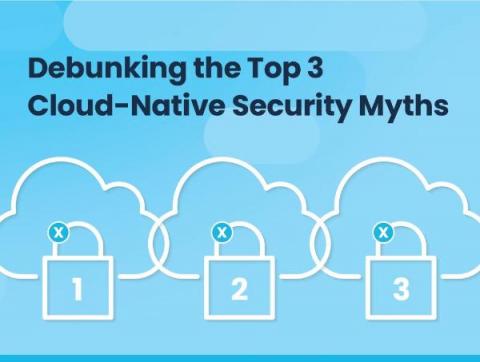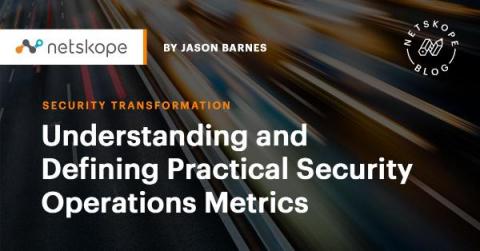Vidar Malware Launcher Concealed in Help File
Appending a malicious file to an unsuspecting file format is one of the tricks our adversaries use to evade detection. Recently, we came across an interesting email campaign employing this technique to deliver the info stealer Vidar malware. First, let’s examine the email delivery mechanism, then go on to take a closer look at the Vidar malware itself. Figure 1: The malicious spam message The messages in this campaign have two things in common.











